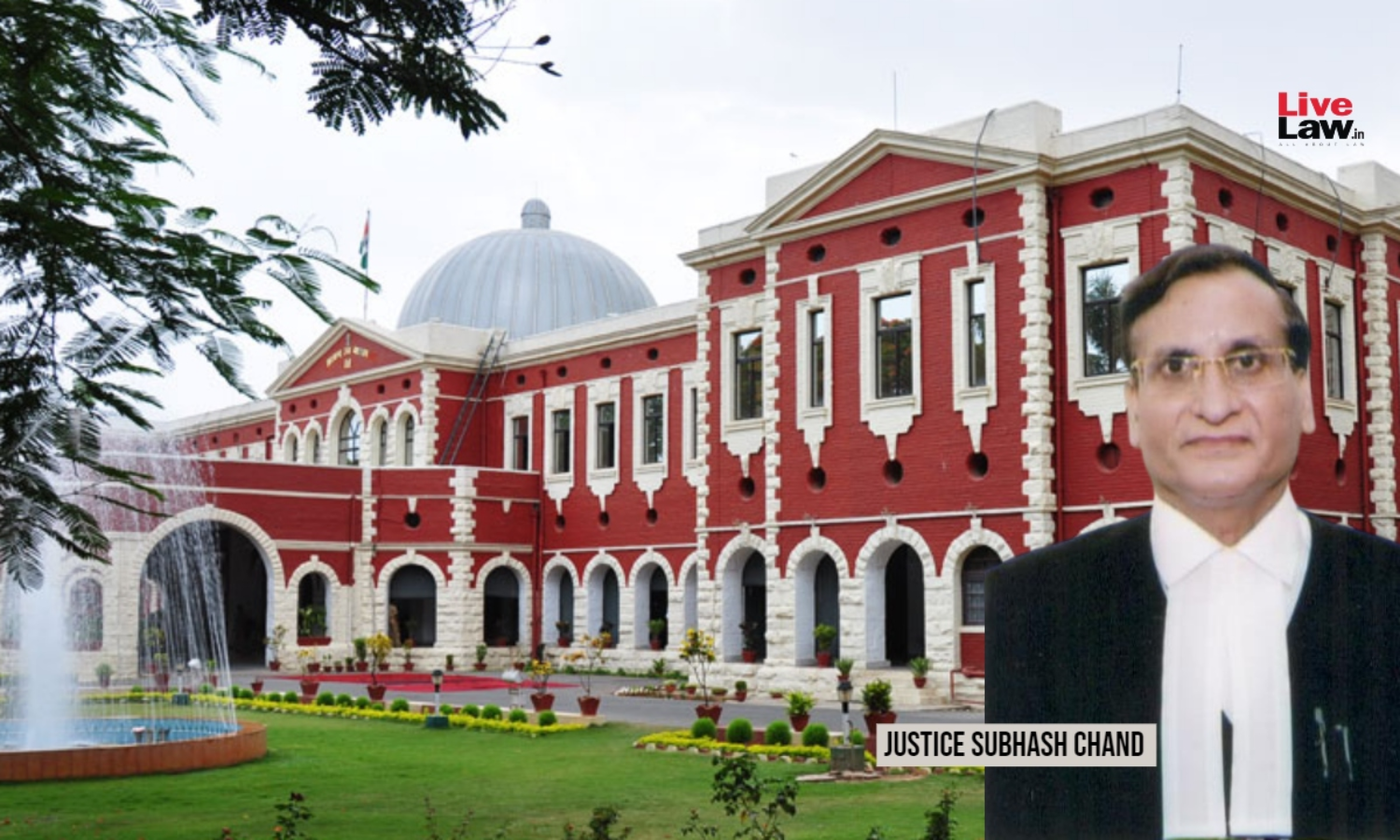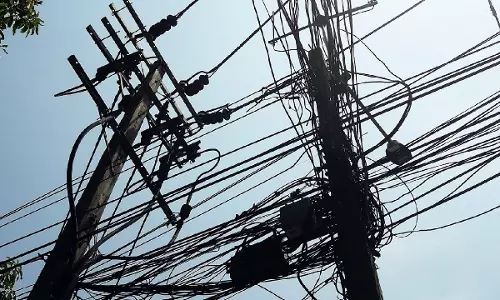In Case Of Composite Negligence Injured Person Has Choice To Claim Whole Damage Against All Or Any Of The Wrongdoers: Jharkhand High Court

The Jharkhand High Court has ruled that in instances of composite negligence resulting in harm or death to an individual by two or more wrongdoers, whether they act jointly or independently, they bear joint and several liability. In such cases, the injured party retains the option to seek full compensation from any or all of the negligent parties involved, given the nature of...
The Jharkhand High Court has ruled that in instances of composite negligence resulting in harm or death to an individual by two or more wrongdoers, whether they act jointly or independently, they bear joint and several liability. In such cases, the injured party retains the option to seek full compensation from any or all of the negligent parties involved, given the nature of composite negligence, the Court further observed.
Justice Subhash Chand observed, “From the averment made in the claim petition and also the evidence on record, oral and documentary, it was a case of composite negligence and in case of a composite negligence where the damage or death is caused to any person by two or more wrongdoers, they may be either joint or independent tort-feasors, they are jointly and severely liable. Injured person has the choice to claim whole damage against all or any of them since it is a case of composite negligence.”
The above ruling came in a miscellaneous appeal directed against the judgment/award passed by the District Judge- cum-M.A.C.T., Godda in an M.A.C.T. case whereby and whereunder the Tribunal had ordered the payment of Rs. 8,05,780/- along with a simple interest rate of 6% per annum from December 22, 2009, until full realization, to be paid within 30 days from the date of the award by the insurance company/appellant.
As per the factual matrix of the case, a claim petition was initiated on the premise that the deceased, accompanied by his wife (claimant no. 1), was traveling in a tempo when a jeep collided with it. This collision resulted in severe injuries to the deceased, ultimately leading to his demise, while claimant no. 1 sustained minor injuries. A corresponding FIR was lodged, and subsequently, the tribunal ruled in favor of the claimants, directing National Insurance Company Limited to pay a compensation sum of Rs. 8,05,780/-. Dissatisfied with this judgment, the insurance company then filed an appeal.
For disposal of the miscellaneous appeal, the Court framed the following points of determination:
(i) Whether the motor accident was the result of composite negligence, if so the claim petition was bad for the non-joinder of the owner and the insurance company of another vehicle Tempo?
(ii) Whether there is a fundamental breach of policy of the offending vehicle Jeep, if so, its effect?
In the case at hand, the Court noted that although the charge-sheet was filed against the driver of both the Tempo and the Jeep by the investigating officer in the First Information Report (FIR), the primary eyewitness to the incident was claimant no.1, Ratan Devi, who was accompanying her husband at the time.
The Court observed that Ratan Devi testified that while she and her husband were boarding the Tempo, a Jeep approached from the opposite direction driven recklessly and negligently, colliding with the Tempo and causing grievous injuries to her husband. Ratan Devi herself also sustained injuries, and her husband later succumbed to his injuries in the hospital.
Regarding the contents of the charge-sheet (exhibit-4), the Court noted that Kare Yadav was listed as the informant, while Ratan Devi was identified as the eyewitness to the occurrence.
The Court affirmed that although evidence on record established negligence on the part of the Jeep driver, if there was any negligence on the part of the Tempo driver, considering the deceased as a third party, and the accident being a result of composite negligence of both drivers, it was within the claimant's discretion to seek compensation from either or both the owner/insurance companies of the vehicles.
Expounding on the concept of negligence, the Court stated that it denotes the failure to exercise care towards others, which a reasonable and prudent person would exercise under similar circumstances, or taking actions that such a reasonable person would not. Additionally, the Court highlighted, “Negligence can be both intentional or accidental which is normally accidental." "More particularly, it connotes reckless driving and the injured must always prove that either side is negligent. If the injury rather death is caused by something owned or controlled by the negligent party then he is directly liable otherwise the principle of res ipsa loquitur meaning thereby “the things speak for itself” would apply.”
Relying on the precedent set forth in Khenyei v. New India Assurance Company Limited & Others (2015) 9 SCC 273, the Court determined that the motor accident in the case in hand was a case of composite negligence of the two vehicles and the claimant had chosen to seek compensation from the owner/insurance company of the offending Jeep and had proved the negligence on the part of the driver of the offending Jeep, though in view of the charge-sheet the contributory negligence was also found.
The Court further observed that on behalf of the owner of the offending Jeep or the insurance company, none of them has adduced the evidence nor produced any documentary evidence to rebut the evidence adduced on behalf of the claimant. As such the evidence adduced on behalf of the claimant being unrebutted is found trustworthy and cogent.
In view of the above, the Court decided the first point of determination in favour of the claimant and against the insurance company/ appellant.
In consideration of the second contention, it was argued by the appellant's counsel that the vehicle in question was a private vehicle being utilized for passenger transport, thus contravening the terms and conditions outlined in the insurance policy.
The Court noted, “On this point of determination on behalf of the insurance policy no evidence documentary or oral was adduced neither before the learned Tribunal nor in Appeal.”
In light of the absence of any evidence, whether oral or documentary, provided by the insurance company, the Court ruled against the appellant insurance company on the second point of contention, siding with the claimants.
Appearance:
Advocate for the Appellant: Mr. G.C. Jha, Advocate
Advocate for the Respondent: Mr. Manoj Kumar Shah, Advocate
Case No.: M.A. No.71 of 2011
Case Title: National Insurance Company Ltd. Vs Ratan Devi
LL Citation: 2024 LiveLaw (Jha) 38




